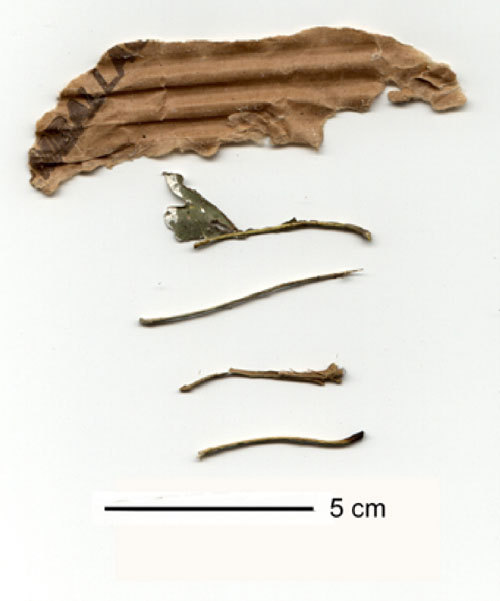Guiding Question: What is the importance of having an International measuring system? How accurate are old measurements using body parts?
It is important to have a International measuring system because everyone will know it and we will know how long something is. The old measuring was not so accurate and there was many ways of measuring so there were many objects that had a different measurement.
Hypothesis: (What do you think?)
I think that we won’t get the exact measurement for each one but I think we will be close for all of them. That is because the way of measuring in the old times is different than now.
Materials:
· Partners Sofia and Maryam
· Objects in the classroom (whiteboard, desk, hallway, SPACE book, Peep, Crayon box)
· List of ways to measure:
Pace: legs outstretched =1 yard approximately or 1 meter
Egyptian cubit= elbow to tip of the middle finger= 18 inches or 45 cm
Fathom = middle finger to middle finger across the body = 6 feet, 180 cm, 1.8m
Palm = across the palm of the hand = 3 inches or 8 cm
Hand including thumb = 4 inches or 10 cm
Span = from tip of thumb to tip of little finger= 3 palms or 9 inches or 24 cm
English yard = from fingertip of arm to nose = 36 inches or about 1 meter
Foot = 12 “or 30 cm approximately
Fingernail = tip of pinky =1/2 inch = 1 cm.
· Meter stick or measuring tape
· Calculator
Procedure:
1. Make a data table in your notebook with 7 columns and 7 rows.
2. Choose one of the six objects or distances you will measure.
3. Determine what form of measurement you will make with the first object
4. Measure it with the determined form of measurement 3 times, and then find the average.
5. Measure it with the meter stick/or measuring tape and find the actual measurement.
6. Repeat the same for each of the five objects that are left and measure it with a different type of measurement, 3 times, find the average and again the actual measurement.
7. Compare class data results. Find the average of these results.
Data Table:
| Object | Way of measuring | Try 1 | Try 2 | Try 3 | Average | Actual |
| White Board | cubit | 6 | 6 | 6 | 240 cm | 254 cm |
| Space Book | Palms | 3 | 3 | 3 | 3.4 | 10.3 |
| Lab Table | cubit | 120 cm | 120 cm | 120 cm | 120 cm | 136.5 |
| Hallway | Fathoms | 42 | 40 | 42 | 41 | 41 |
| Peep | Span | 16 | 15 | 15 | 15 | 14 |
| Crayon Box | Nail | 9 cm | 9 cm | 9 cm | 9 cm | 9 cm |
Data Analysis:
What patterns or relationships do you see between the forms of measurement, the averages you and your partner got and the actual measurement for each object?
The pattern I see is the one that they are not always exact, but are very close. What I'm trying to say is that almost all of our measurements are very close. We only got 2 correct.
Conclusion: How effective were the old English forms of measurement compared to using the meter stick or measuring tape? What is the importance of having an International measuring system? Answer the guiding question here. Was your hypothesis correct in the beginning? If no, what do you think now? Which objects were the easiest or most accurate to measure? Which form of measurement did you prefer the most? State why for both questions. Give examples to help you explain. The old way of measurement was quite effective even if they weren't right, because they were off by a few. But comparing to the meter stick the old way is really bad because it wouldn't tell you the exact measurement. So as you can see there is a good and bad side to the old way of measuring. It is important to have a International measuring system because like that if you want to measure something that is important, you have to make the measurement correct. Also, you will know approximately how big or wide something is. My hypothesis was correct. We didn't get the right answers but they were very close. As you can see in my graph we only got 2 correct and the rest were close. For me it was mostly easy to measure the lab table because we didn't have to hold it or lay down (like we did to measure the hallway). I mostly liked measuring with Egyptian cubit because it was just simple for me to measure that way. If they didn't think of the International measuring system I would most likely use the Egyptian cubits.
Further inquiry: What improvements would you make next time? What errors did you and your partner make? Do you have any further questions about measurement? If so, what were they?
I wouldn't improve anything. I think we did quite a good job. We only sometimes made errors with finding the average. When we started this project I asked myself: "Why in the world did they ever even make up all these ways to measure? I'd say it was pretty complicated during that time for measurements because there were so many ways of measuring one person might know one way and the other wouldn't know what he is talking about."
















